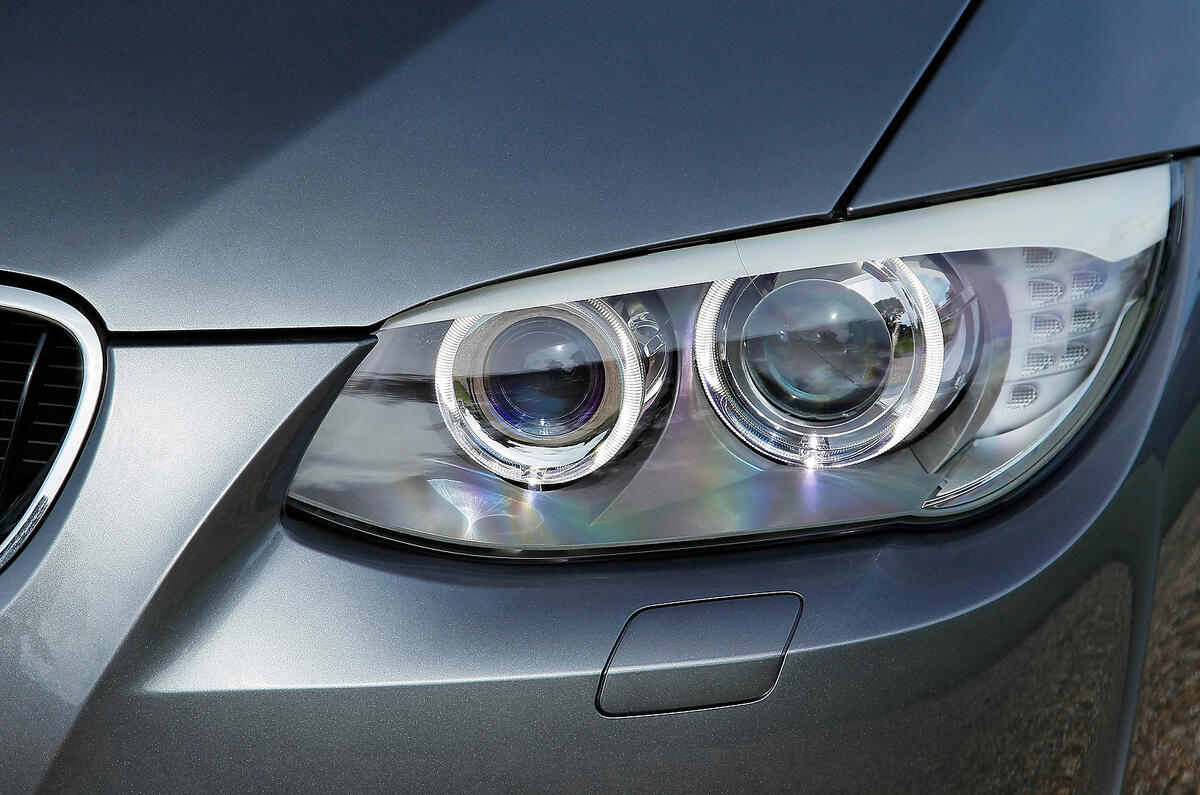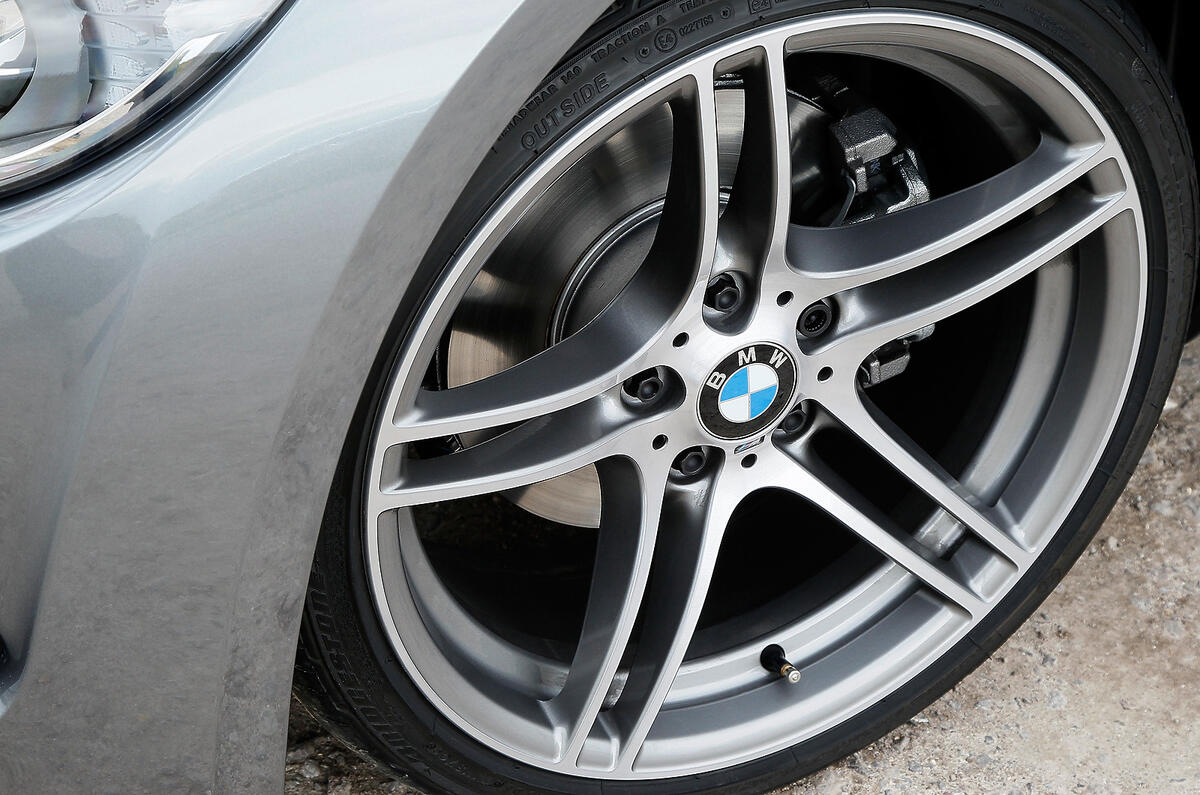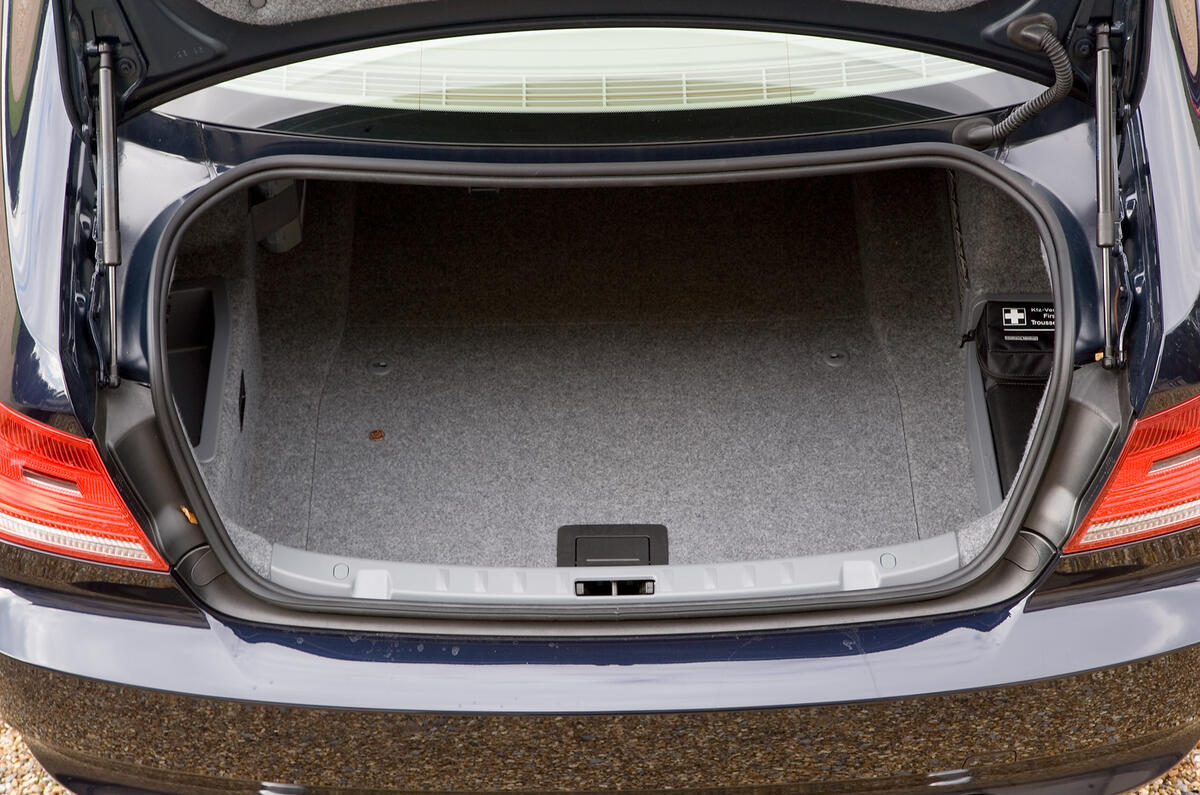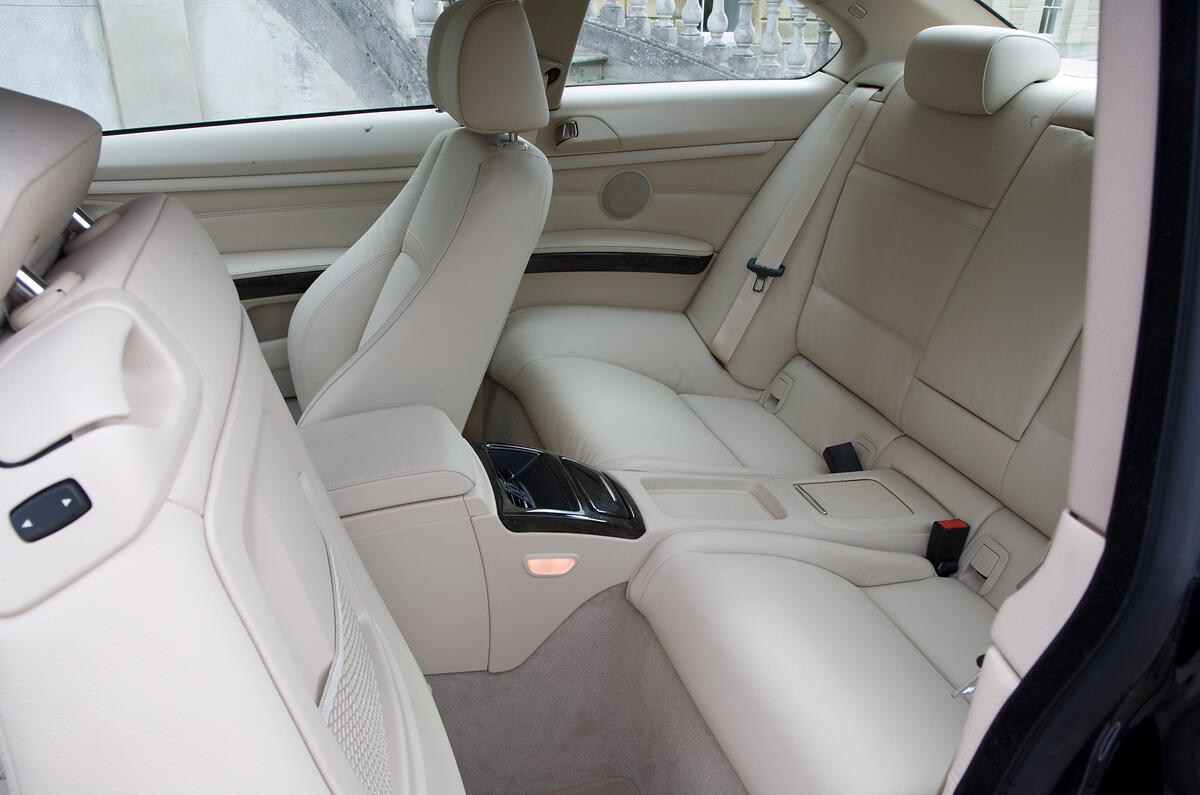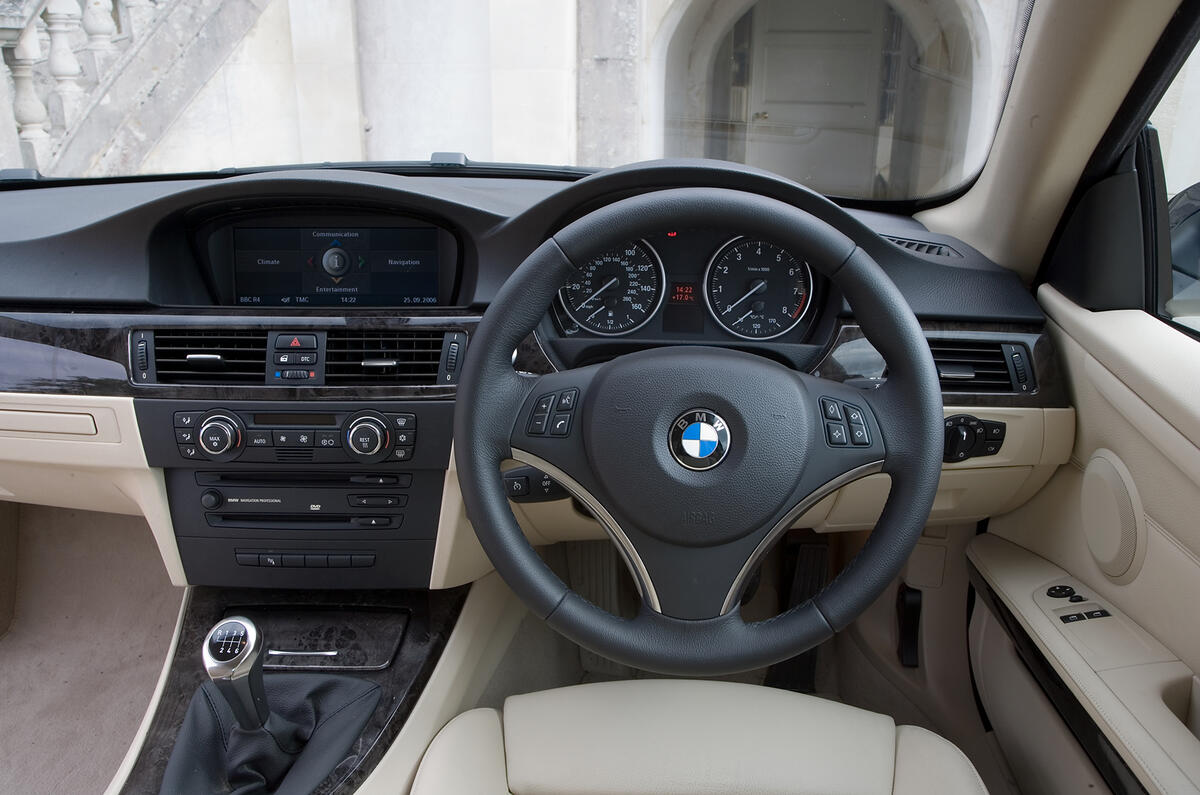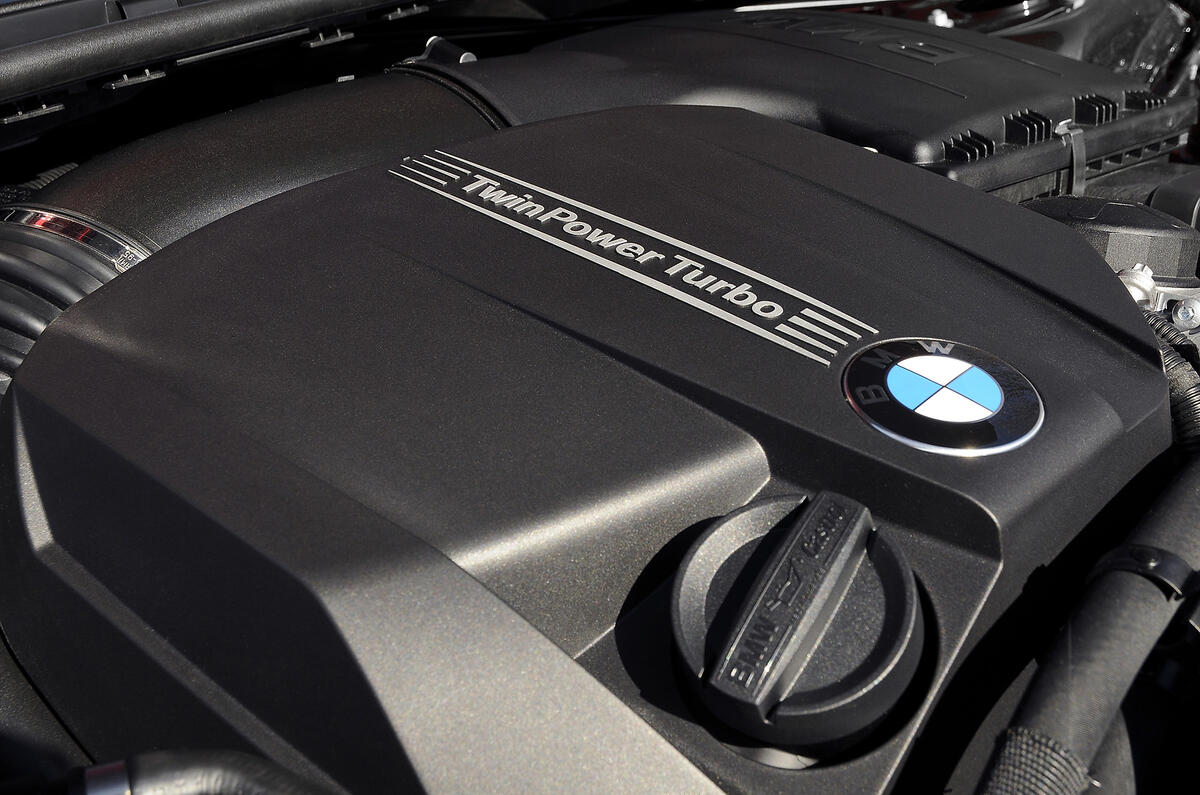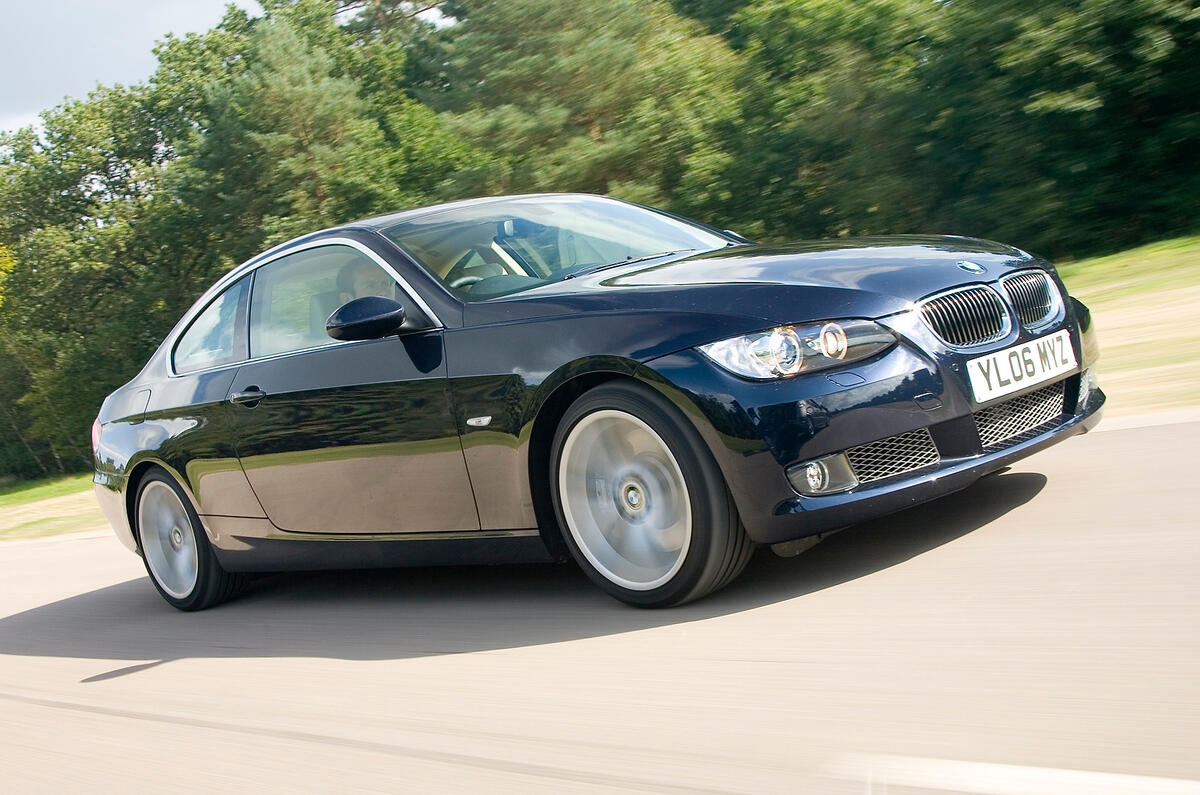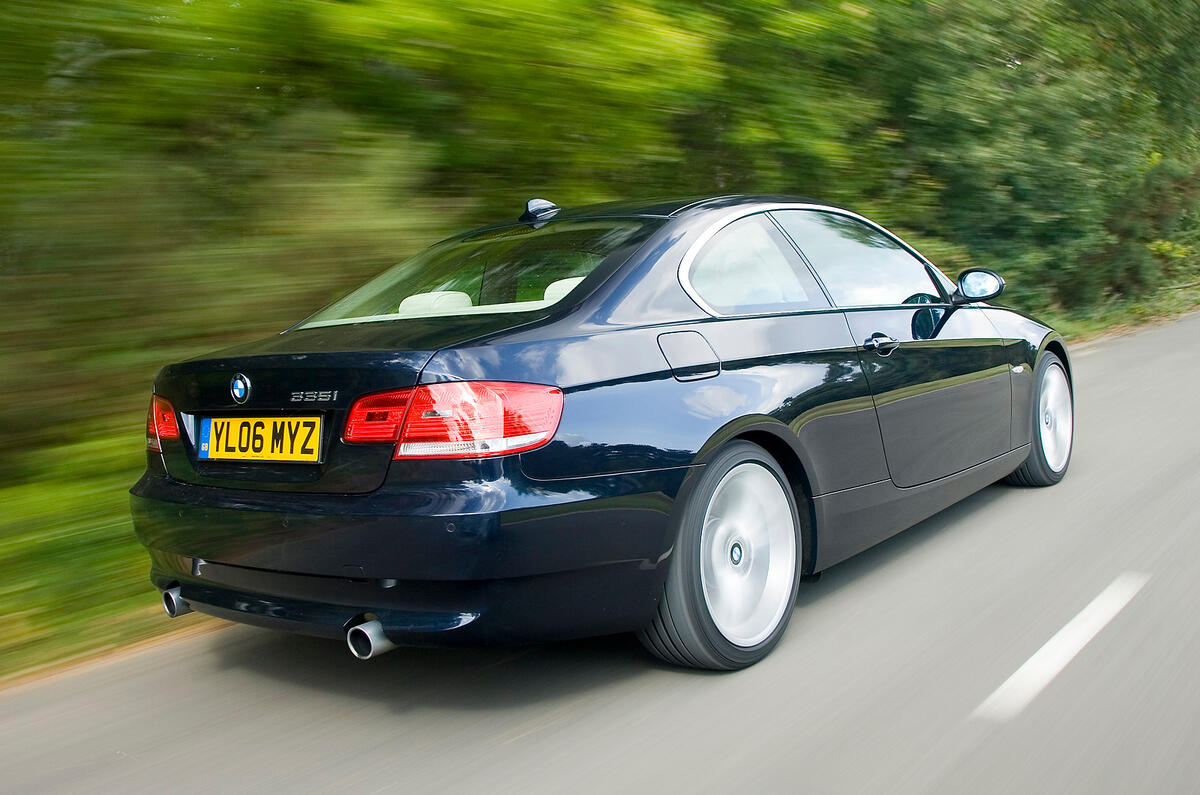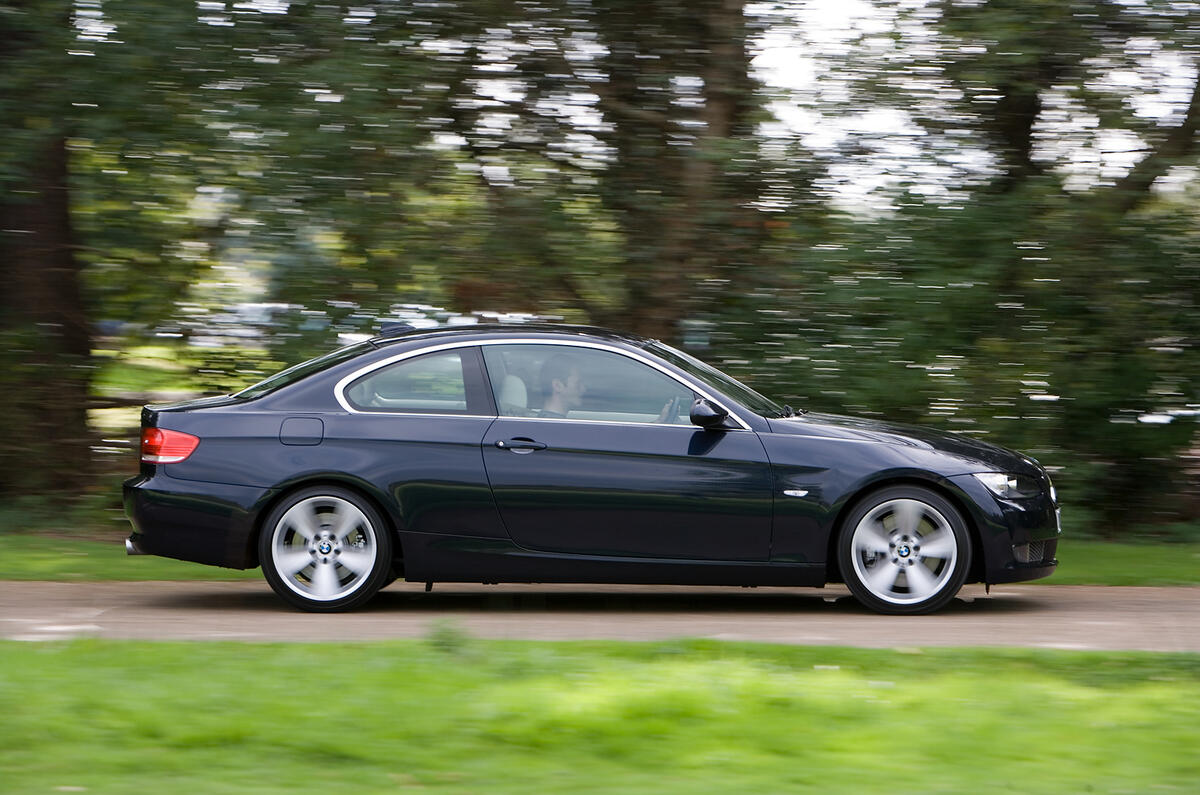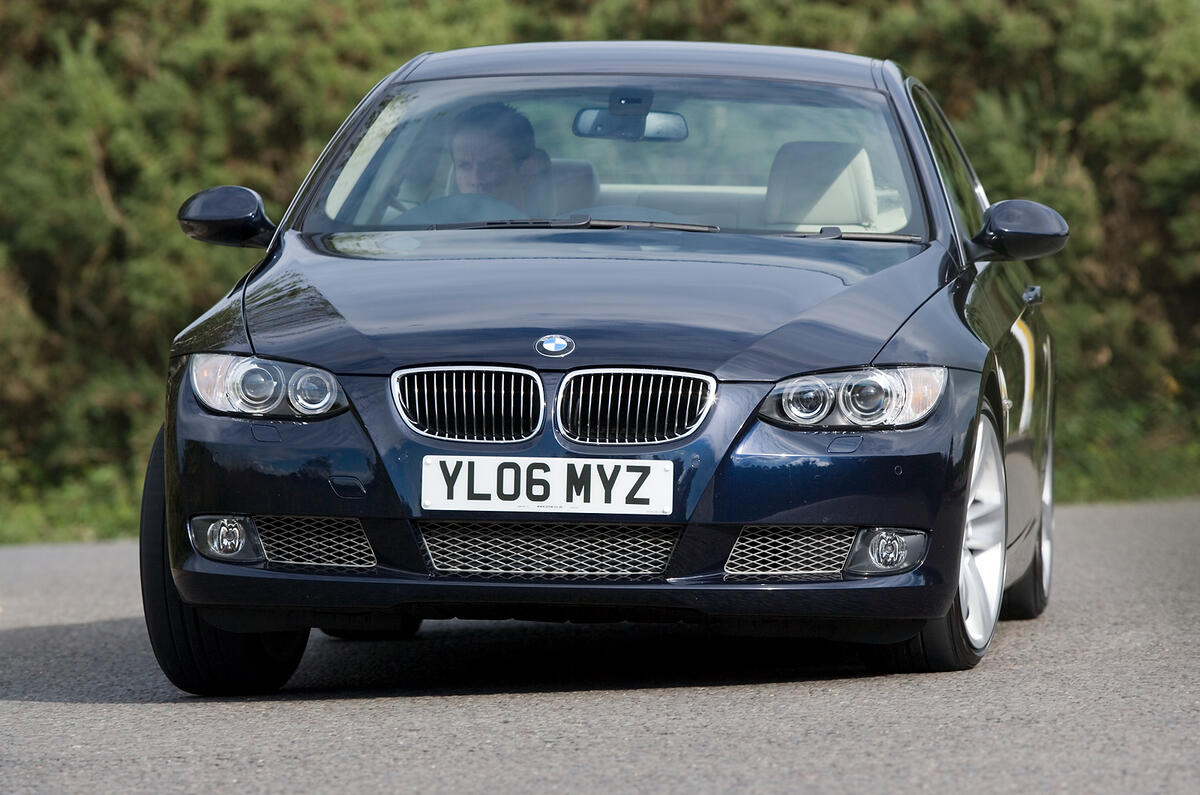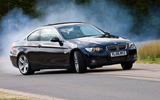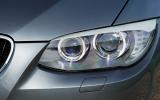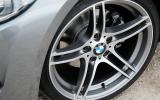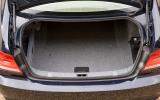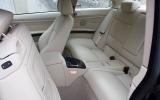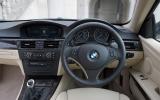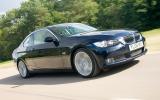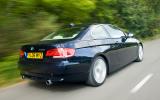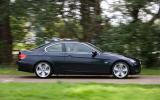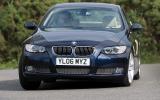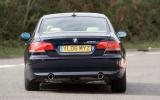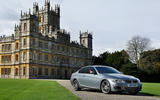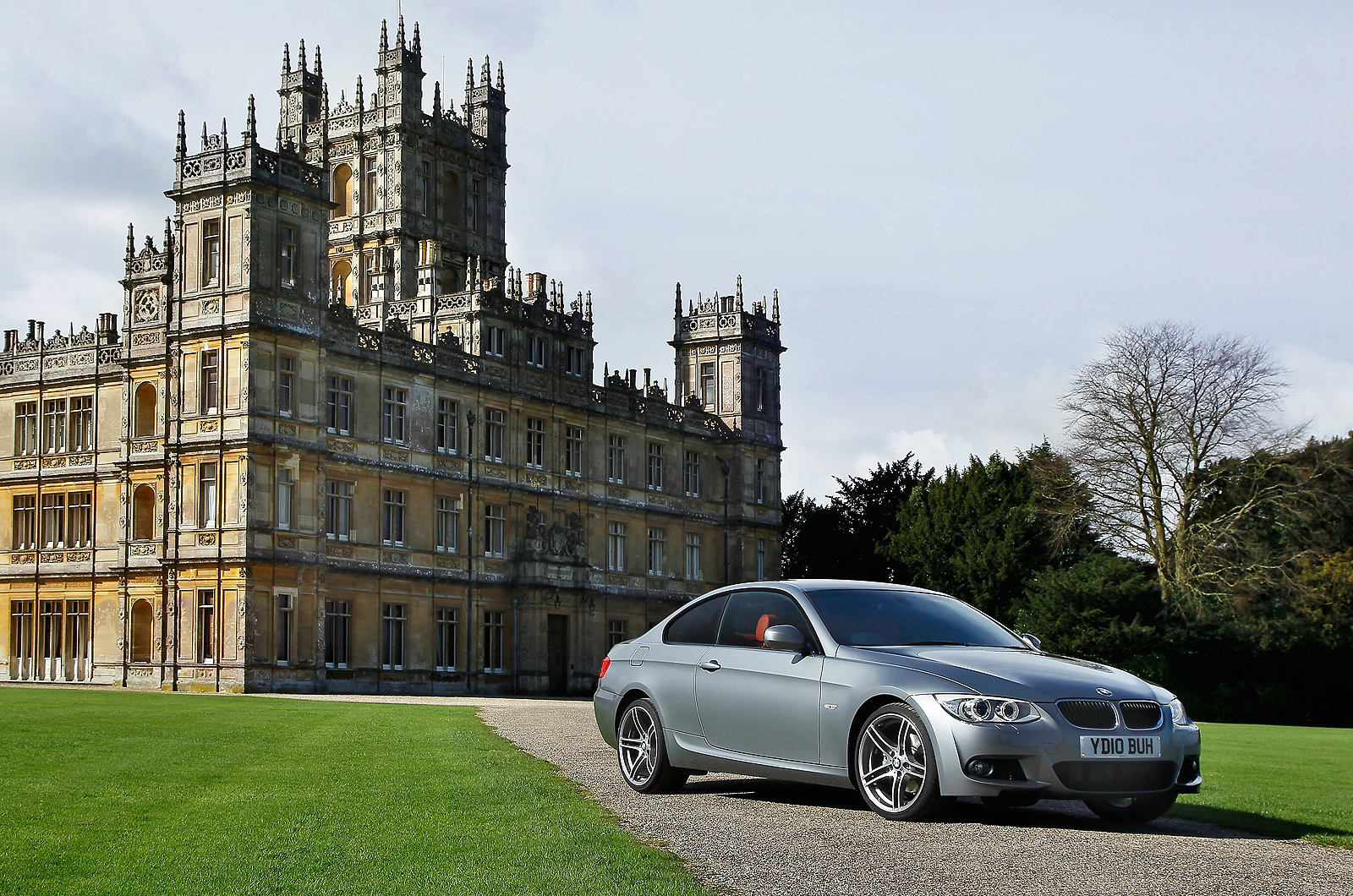It’s hard to think how BMW could fail with a car like the 3 Series coupé. You take perhaps the world’s finest four-door executive saloon, take away the rear doors, give it a sleeker body and cherry pick the best of an already impressive engine range and create perhaps the most desirable coupe package out there.
There are those who would argue that the 3 Series coupe is the 3 Series. The car started life as the two-door E21 back in 1975, and has been a stalwart of the world’s most recognizable car range ever since.
This latest, fifth-generation E92 3Series coupe changes the formula from previous 3 Series coupes. Whereas its predecessors have usually only had the styling changed at the rear to reflect the different bodystyle, the E92 gets its own distinctive bodywork, and therefore greater visual differentiation from the saloon and Touring.
These changes were supposed to bring with them a new name for the E90 3 Series coupe and its cabriolet sibling: 4 Series, in the same way BMW gave the 5 Series coupe the 6 Series badge.
But BMW’s marketing men have decided to stick with the 3 Series name, which in turn means the sledgehammer BMW M3 model that crowns the range (and gets a V8 for the first time) kept the M3 name rather than a switch to M4.
While the step change hasn’t brought a new name, it has brought more premium pricing to reflect the 3 Series coupe’s new-found sophistication. And in a market place that’s more crowded than ever – chiefly with the Mercedes C-Class coupe and Audi A5 – can BMW back this up with the kind of quality 3 Series-badged product we’ve come to expect?



